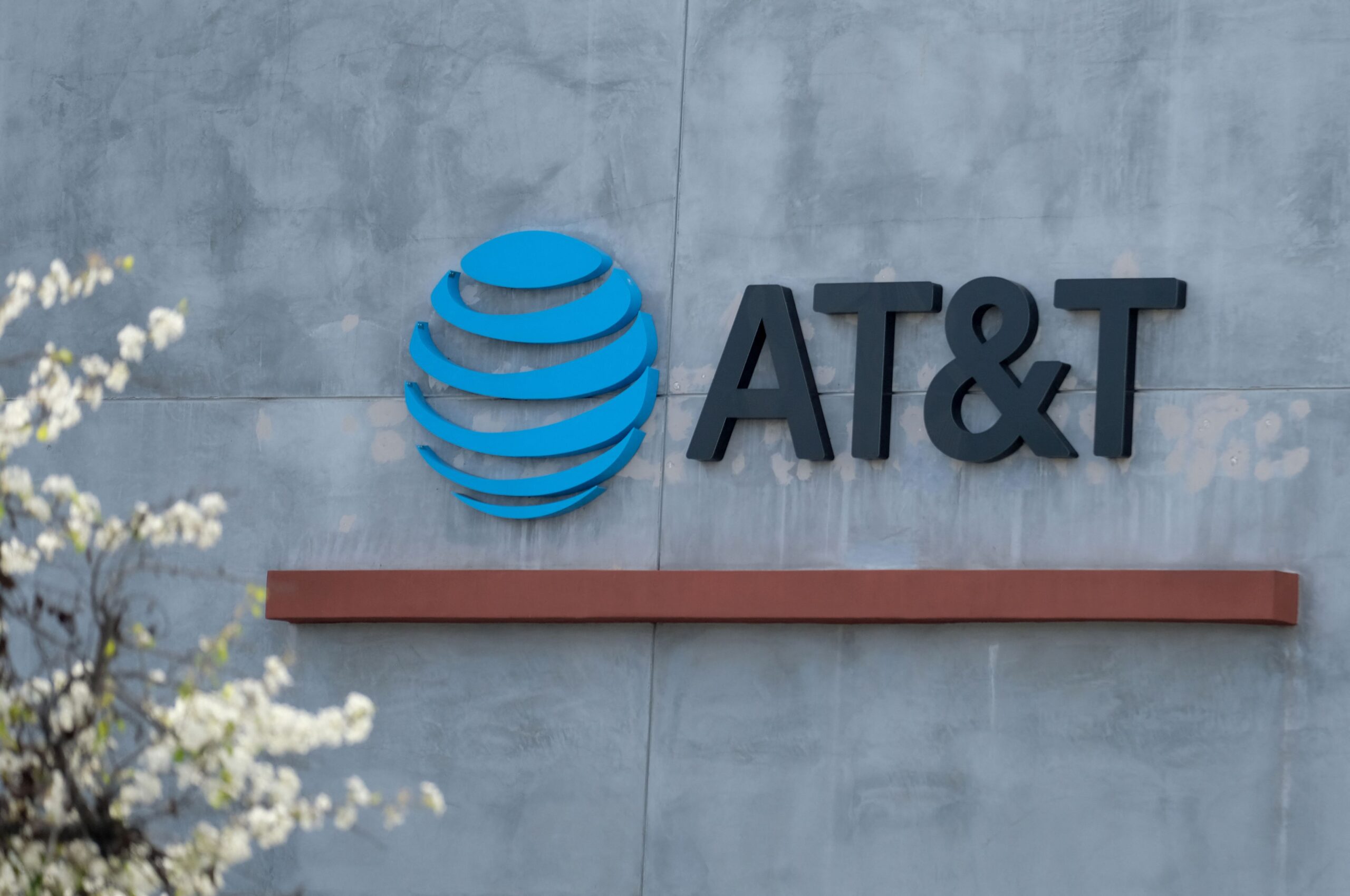AT&T will use phone location data to connect 911 calls to the right responders
AT&T is launching location-based routing of wireless 911 calls to the appropriate call centers across the US, it announced. The company says it’ll be the first US carrier to “quickly and more accurately identify where a wireless 911 call is coming from using device GPS and hybrid information.” That’ll allow it to route the call to the correct 911 call center (public safety answering point or PSAP) which can then “dispatch first responders to the right location faster,” it wrote.
So far, wireless 911 call routing has been based on the location of cell towers, with accuracy often no better than 10 miles. The new system will be able to locate a device within 50 meters of its location, potentially reducing delays, particularly when a call is made at PSAP border areas where state, county or city boundaries overlap, AT&T said.

AT&T
AT&T collaborated with a company called Intrado to use its Locate Before Route location-based 911 routing feature. Intrado notes that currently, about 10 percent of wireless calls and up to 50 percent in border areas need to be transferred to a different emergency communications center (ECC), causing potential delays. The new system uses device-based hybrid data and dynamic routing to reduce the need for transfers, supposedly without sacrificing speed.
The Federal Communications Commission (FCC) launched an inquiry into the issue of more accurately transferring calls to the correct PSAPs back in 2018, so it’s been ongoing for a while. The regulator also recently demanded that carriers start providing Z-axis location data (height), to help emergency services locate where 911 calls are coming from within multistory buildings.
AT&T’s nationwide rollout is now available in Alaska, Colorado, Hawaii, Idaho, Montana, Oregon, Washington, Wyoming, Kansas, Illinois, Iowa, Minnesota, North Dakota, Missouri, Nebraska, South Dakota and Guam. It’ll be available in other regions over the next several weeks, and the rollout is scheduled to be completed by the end of June, 2022.
All products recommended by Engadget are selected by our editorial team, independent of our parent company. Some of our stories include affiliate links. If you buy something through one of these links, we may earn an affiliate commission.






